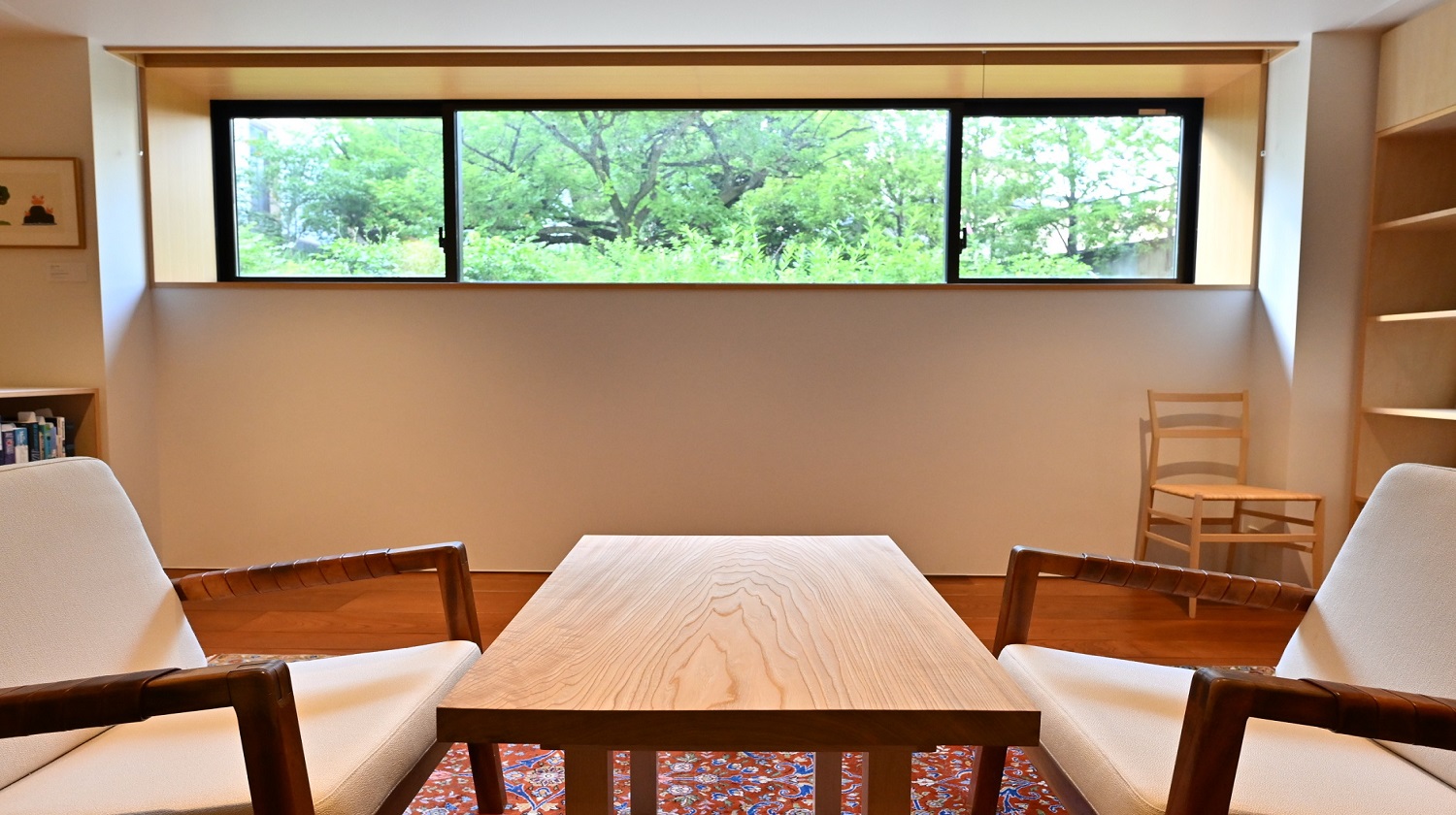
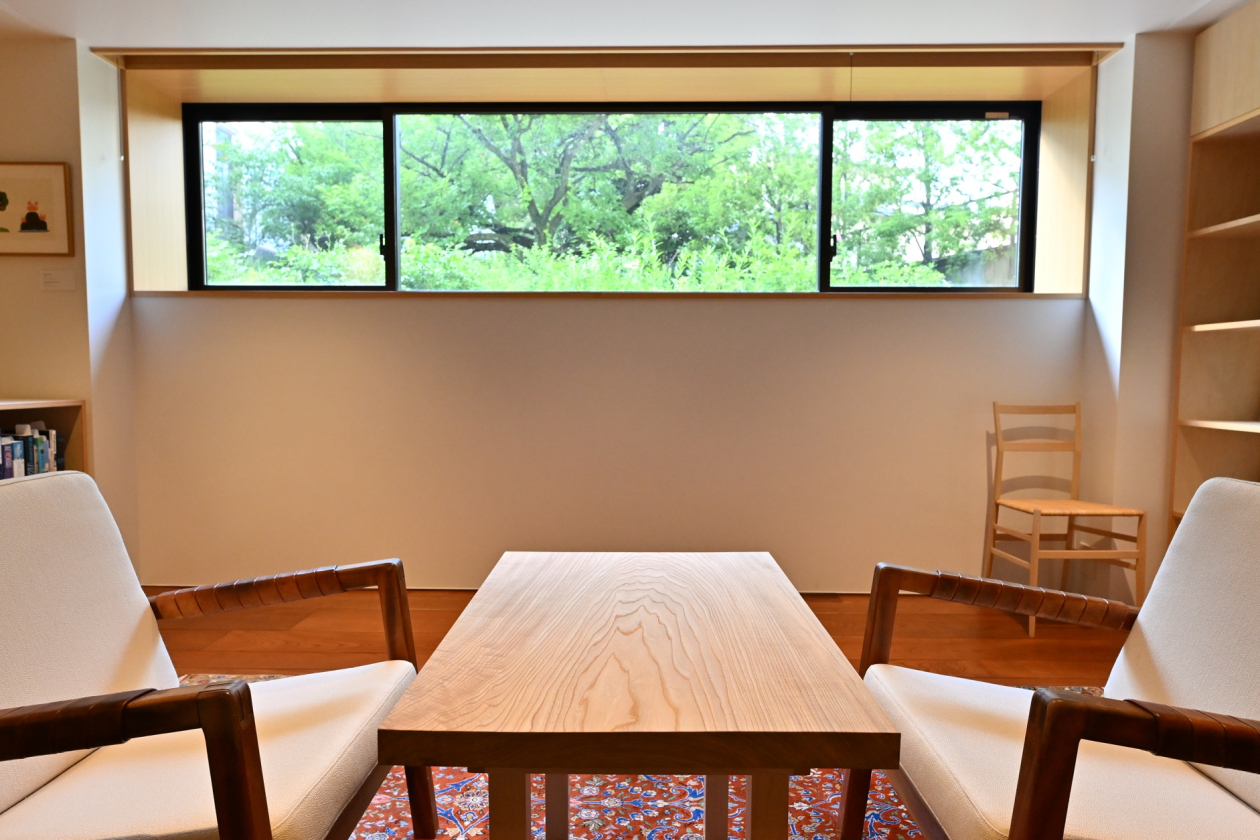
“Letters from the Haruki Murakami Library”― Camilla Grudova
2025.10.20
“Letters from the Haruki Murakami Library” is a series consisting of letters written by guests of the Waseda International House of Literature, inspired by their visit.
Our first letter is from Scotland-based Canadian writer Camilla Grudova, who stayed with us for a residency as part of the WIHL’s Translation Project.
Dear Angela Carter,
You wrote The Magic Toyshop not long before you moved to Japan in 1969 and I read it just before I visited more or less the same age as you. Perhaps it was this, which made me notice toys especially in Tokyo. Then, as now, the Britain we left was in a state of chaos and decay, mould growing on mould. You said of yourself in Tokyo “I was pulling the strings of my own puppet.. I attempted to rebuild the city according to the blue-print of my imagination as a backdrop to the plays of my puppet theatre, but it sternly refused to be so rebuilt” I went to an old café, Moorish in style and with portraits of Chopin and Beethoven on the wall. Someone I know told he had gone in his youth in the 60s, and I imagined you going to such a place too, still with a section for smoking, where you must have smoked, and had black coffee served with egg sandwiches.
In Koenji near the station and under an overpass, I came across a secondhand toy market. Treasure troll keychains, two wind up monkeys in red lederhosen which played drums frantically, a box of plastic Godzillas, dolls, hello kittys, velveteen cows and tigers, rubbery Snoopys, action men, trinket boxes cars, a California Raisin- I had not seen one since the 90s sitting on the edge of a childhood friends bathtub, tiny soldiers and dinos, a porcelain thing with a pained looking face I thought perhaps was meant to be an anthropomorphised liver, wrinkled and faded boardgame boxes, a plastic model of the Alien from the Alien film. I regretted not buying one of the monkeys, and by the time we returned, they were packed up. My cousin, who lives in Tokyo, found one online, along with a wind up cat which rolls over and chases a ball, like something made by the sinister toymaker Uncle Philip in The Magic Toyshop, but which has brought me endless joy since then. It adds movement and an approximation of life to a room at least for a couple twists of a key. You called a puppet in one of your stories, The Loves of Lady Purple “Not so much an imitation as a distillation and intensification” Perhaps my monkey, and my odd collection of toys are like Bovril cubes of life.
I went to a vintage toy shop in the same neighbourhood where I was horrified to find all the vintage toys were from my own childhood, not Edwardian or from the 1950s, 1960s as imagined. The egg like ‘little tykes’ in their plastic comically high waisted jeans, Mcdonalds happy meal figurines, Puffball people stuffies- strange little beasts which folded up into themselves to create a purse- I have a photo of myself holding one as a toddler, barbies, little mermaids. It was claustrophobic like being trapped in a dirty corner of my childhood bedroom. Is Tokyo the graveyard or the afterlife of all the worlds toys?
In another neighbourhood was a shop that specialised in old German toys; matchbox dioramas, a set of wooden dolls which came with a fold out hat shop- all the hats were wooden too the sign sating Der Kleine Modesalon, cats and rabbits on wheels,
A secondhand bookshop which also had, porcelain clowns, a dollhouse grandfather clock, little old dolls.. It seemed perfect to me, that a shop would have both books and toys as a writer is at their heart, a child like puppeteer.
At a capsule shop I bought two tiny sushi platters, and a tiny omelette, a figurine of a rabbit in a box, a keychain of the Bread Thief and trying to buy a model of a train twice, I got a ball filled with train tracks, which I couldn’t for the life of me assemble, endless tracks with nowhere to go. The capsule shop offered an area of miniature mis-en-scenes where you could pose your capsule treasures. There was a tiny plastic restaurant with pancakes, coffee, cheesecake, sandwiches, waiting to be eaten, and I thought briefly, I should place my omelette in one of the seats, a kind of cannibalism worthy of a Jan Svankmajer film, to have an omelette dine on cheesecake.
In the National Museum, I spent a lot of time looking at Toy Vendor by Kawabata Gyokusho in 1893, painted on silk. In it, there is a cart filled with toy horses and dogs, tiny dioramas, notebooks, masks (faces and foxes) fans, flutes, arrows, lanterns with koi on them. Fake herons, flags, baskets of seashells. The toy vendor plays a flute, as children try the wears and two little dogs rumble about.
I also had a mission: to find a little wooden mouse like the one in The Children of Green KnoweIn The Children of Green Knowe, a boy is sent to live with his grandmother in an ancient house where toys, including the mouse, come alive and there are ghost children to play with, who we are told, all died of the plague once upon a time. The mouse is mentioned as being of Japanese origin, and is perhaps a netsuke. I found a wooden mouse in a stationery shop, and also bought a clay rat with a fortune inside from a temple. I was not born in the year of the rat, but the tiger so I disregarded the fortune; it wasn’t mine. I’ve put both mouse and rat in my dollhouse when I returned to Edinburgh, where scale wise they are enormous. It is said mice and rats never live in the same house, and to have mice is at least a good sign you don’t have rats, but here in the realm of the artificial they live together in frozen harmony, along with a copper rocking chair and a red portable radio the size of a fingernail.
At the Tokyo National Museum I also looked at the emperor’s netsuke collection, rabbits and whales which any child would want to add to their toy box. It’s the things not meant to be toys that make the most delightful toys, just as it is the things which shouldn’t be written which are most fun to write. As a child, I played with a miniature Greek temple made out of plaster, a tourist souvenir though no one in my family had been to Greece, a round copper jewellery box with a pink satin inlay which felt like a wonderous clam, wood meant for the woodstove on which I painted a face. In Edinburgh, there is a toy museum which has in its collection, a child’s doll made out of a shoe, and another out of a spoon, from Victorian slums where parents had to make do for their children. These shoes and spoons, if they could still be called such, have lived many lives, and if they could speak, are probably wiser than any human,
I’ve gone through many object obsessions- sewing machines, marble and plaster busts, spoons, and now it seems, since I returned from Tokyo, old toys of all sorts. I have an arm length rubber crocodile and dinosaur too, dollhouse furniture too odd sized to fit into my dollhouse. I’ve given up any hope of having children, I suppose I am becoming one of those precious old ladies who worries about actual children touching her toys, her precious objects, though I have drawn the line at dolls and plushies. I have my old childhood bear, Bombazine, and a tiny plastic Swiss guard, with a sharp spear, but none other. My dollhouse won’t have any inhabitants of human likeness. I don’t want to be an uncle Philip with his puppets.
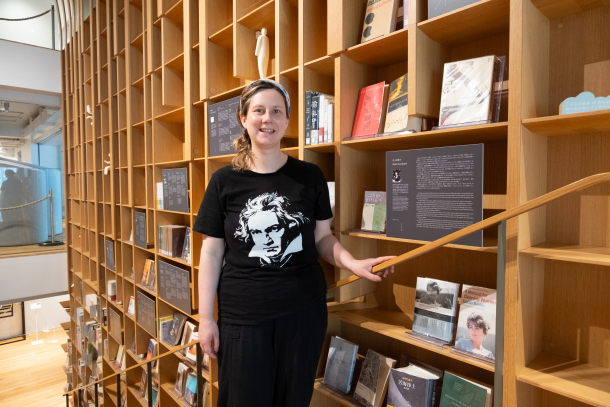
Camilla Grudova
Camilla Grudova lives in Edinburgh. She holds a degree in Art History and German from McGill University, Montreal. Her fiction has appeared in The White Review and Granta. Her critically acclaimed debut collection, The Doll’s Alphabet, was published in 2017. Her first novel, Children of Paradise, was longlisted for the Women’s Prize. Her most recent book is a second collection, The Coiled Serpent.
Related
-
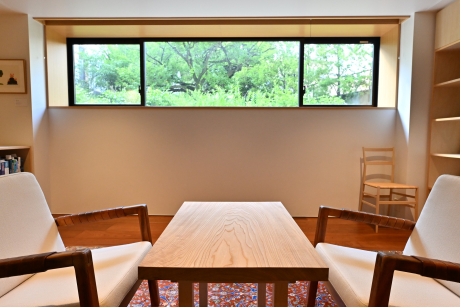
“Letters from the Haruki Murakami Library”― Rebecca Brown
2025.12.02
-
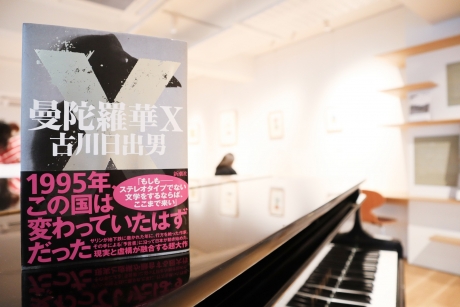
Memories of Things That Never Happened to You
2022.12.12
- Hideo Furukawa
-
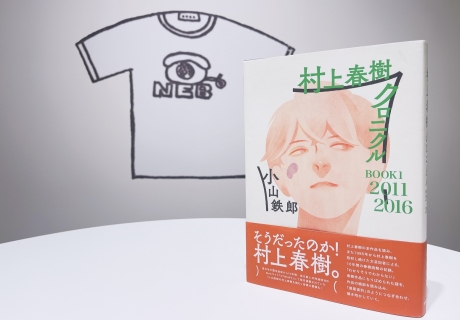
Historical Consciousness and “Boomerang” Thoughts in the Works of Haruki Murakami
2022.05.08
- Tetsurō Koyama
-
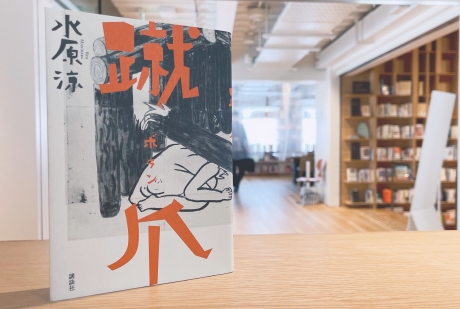
Useful Landscape
2022.03.28
- Ryō Mizuhara
-
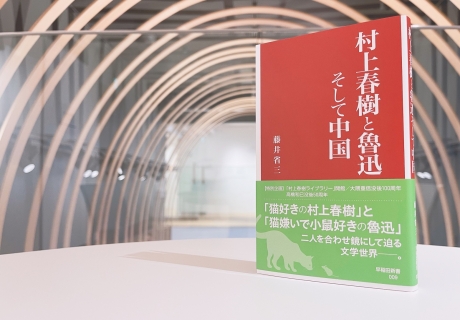
My Personal History with the Literature of Haruki Murakami
2022.02.25
- Shōzō Fujii
-
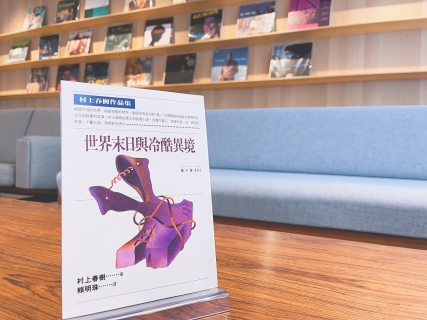
My Encounter with Haruki Murakami, and Taiwan’s
2022.01.27
- Lai Ming-chu
